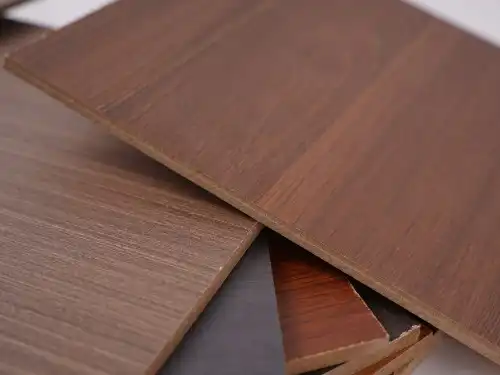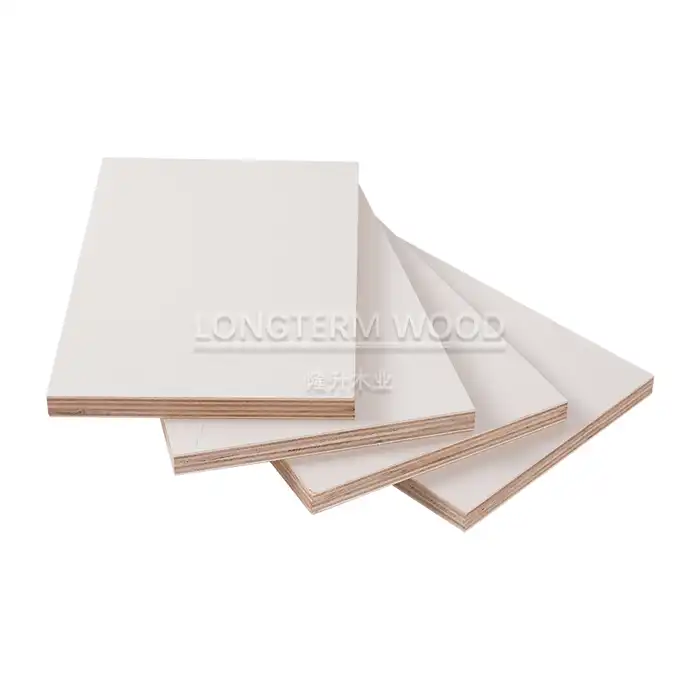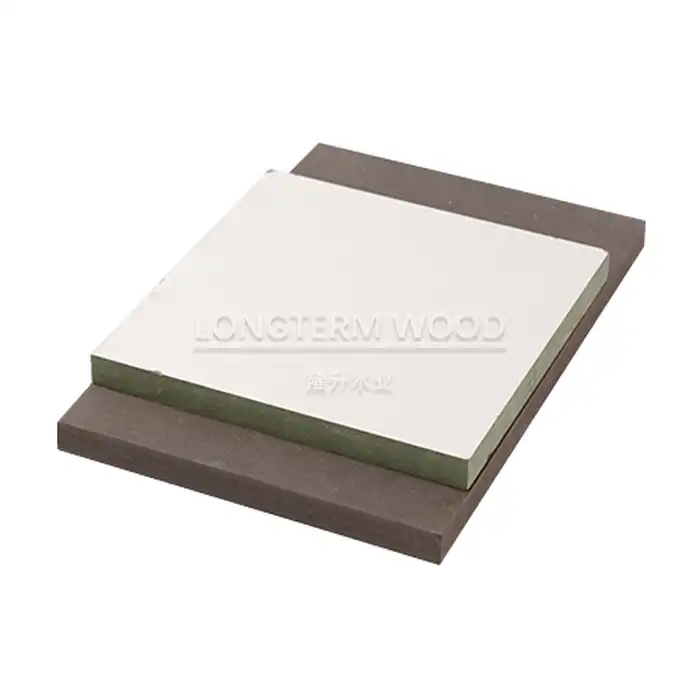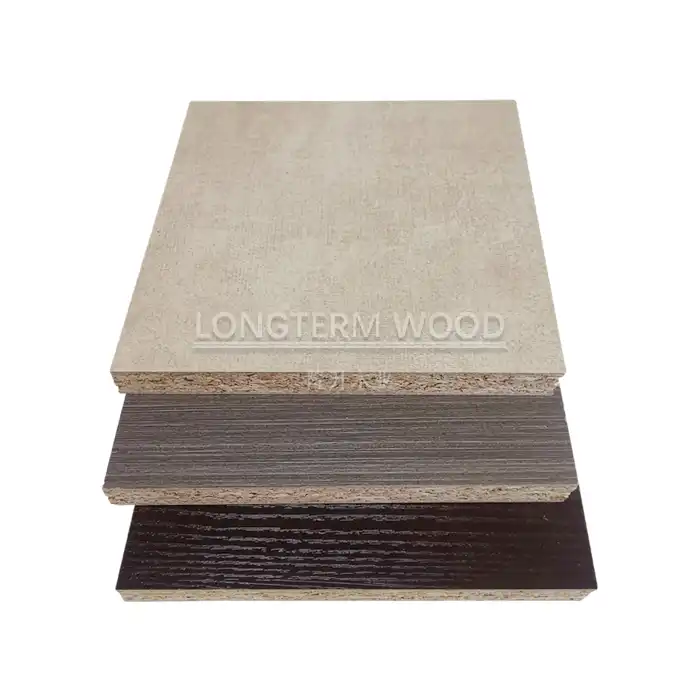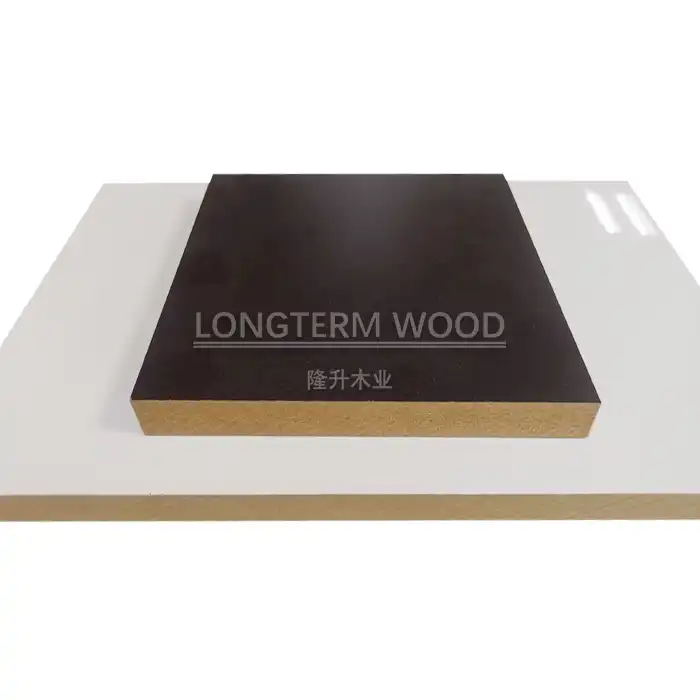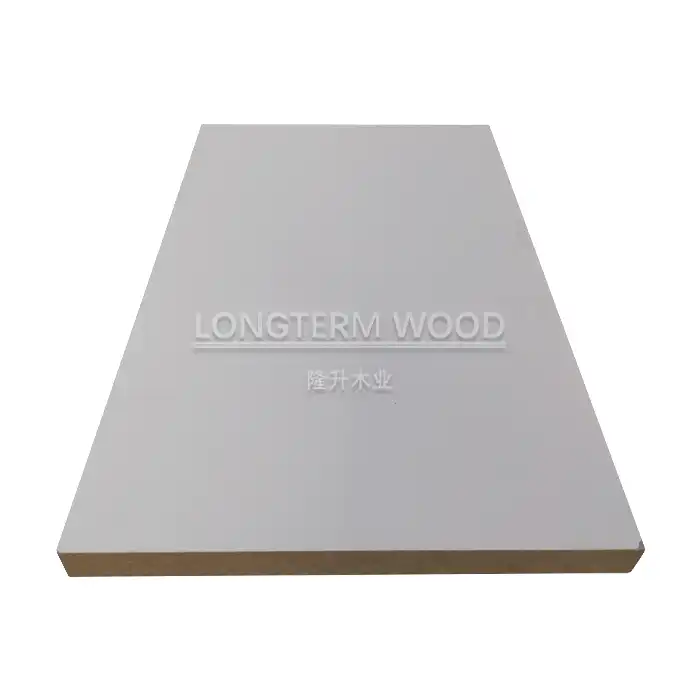
Discover the Longevity of 18mm Structural Plywood Sheets in Harsh Environments
2025-07-25
When construction professionals face demanding environmental conditions, the choice of building materials becomes critical for long-term structural integrity and performance. 18mm Structural Plywood Sheets represent the pinnacle of engineered wood technology, specifically designed to withstand the most challenging weather conditions, moisture exposure, and structural stresses. These premium panels combine advanced manufacturing techniques with carefully selected hardwood veneers to deliver exceptional durability in applications ranging from roof sheathing to subfloor installations. Understanding the unique properties and performance characteristics of these structural panels enables architects, contractors, and builders to make informed decisions that ensure project longevity and cost-effectiveness in harsh environmental conditions.
Understanding the Structural Engineering Behind Durability
Advanced Cross-Laminated Construction Technology
The exceptional performance of 18mm Structural Plywood Sheets in harsh environments stems from their sophisticated cross-laminated construction methodology. This engineering approach involves alternating the grain direction of each veneer layer at 90-degree angles, creating a multi-directional strength matrix that distributes loads evenly across the panel surface. The 13-layer configuration utilized in premium 18mm structural hardwood plywood provides superior dimensional stability compared to conventional plywood alternatives. Each individual veneer layer undergoes rigorous moisture content optimization, typically maintained at 8-12% during manufacturing, which prevents future warping and dimensional changes when exposed to varying humidity levels. The cross-grain arrangement effectively counteracts the natural tendency of wood to expand and contract along its grain direction, making these panels exceptionally stable in fluctuating environmental conditions. The adhesive bonding system employed in high-quality 18mm Structural Plywood Sheets utilizes phenolic resins that form irreversible chemical bonds between veneer layers. These structural adhesives maintain their integrity even when subjected to prolonged moisture exposure, temperature cycling, and mechanical stress. The manufacturing process includes hot-pressing at temperatures exceeding 140°C under pressures of 1.4-1.8 MPa, ensuring complete adhesive penetration and curing throughout the panel thickness. This results in a monolithic structure where the individual layers function as a unified engineered material rather than separate bonded components.
Moisture Resistance and Weather Performance
The moisture resistance capabilities of 18mm Structural Plywood Sheets represent a critical factor in their longevity within harsh environmental conditions. Premium panels incorporate naturally durable hardwood species such as eucalyptus and poplar, which exhibit inherent resistance to moisture absorption and fungal decay. The manufacturing process includes specialized surface treatments that create a protective barrier against water penetration while maintaining the wood's natural breathing characteristics. These treatments include water-repellent additives that are integrated during the adhesive application process, providing internal moisture protection throughout the panel structure. Laboratory testing conducted according to EN 13986 standards demonstrates that quality 18mm structural hardwood plywood maintains structural integrity even after prolonged exposure to humidity levels exceeding 85% relative humidity. The panels exhibit minimal thickness swelling, typically less than 8% after 24-hour water immersion testing, which significantly outperforms standard construction-grade plywood alternatives. Field performance data from construction projects in coastal and high-humidity environments confirms that properly specified structural plywood sheets maintain their dimensional stability and load-bearing capacity for decades when installed according to manufacturer guidelines. The edge sealing characteristics of these panels play a crucial role in preventing moisture infiltration through the most vulnerable areas. Advanced manufacturing techniques ensure that panel edges maintain consistent density and adhesive distribution, eliminating weak points that could compromise moisture resistance. Some premium variants incorporate factory-applied edge sealers that provide additional protection during construction phases when panels may be exposed to weather before final installation.
Load-Bearing Capacity and Structural Performance
The structural performance of 18mm Structural Plywood Sheets under harsh environmental conditions is quantified through comprehensive testing protocols that simulate real-world loading scenarios. These panels typically achieve bending strength values exceeding 40 N/mm² in both major and minor axes, providing consistent performance regardless of load direction. The uniform density distribution of 680 kg/m³ throughout the panel thickness ensures predictable structural behavior under varying load conditions, making them ideal for applications where structural calculations require precise material properties. Creep resistance testing demonstrates that 18mm structural hardwood plywood maintains 95% of its initial strength characteristics even after extended loading periods under adverse environmental conditions. This performance stability is particularly important in applications such as roof sheathing, where panels must support both dead loads and dynamic wind loads while potentially experiencing temperature fluctuations and moisture cycling. The multi-layer construction distributes stress concentrations effectively, preventing localized failure points that could compromise overall structural integrity. Dynamic loading tests, including impact resistance and fatigue cycling, confirm that these structural panels maintain their performance characteristics throughout the typical 50-year design life of construction projects. The interconnected fiber structure created by the cross-laminated construction provides excellent energy absorption capabilities, making the panels resistant to sudden impact loads and vibrational stresses that may occur during extreme weather events.
Environmental Resilience and Long-Term Performance
Thermal Cycling and Dimensional Stability
The thermal performance characteristics of 18mm Structural Plywood Sheets demonstrate their exceptional suitability for applications in environments experiencing significant temperature variations. These panels undergo extensive thermal cycling testing, where they are subjected to temperature ranges from -40°C to +70°C over multiple cycles to simulate decades of seasonal weather exposure. The results consistently show minimal dimensional changes, with linear expansion coefficients typically below 4.5 × 10⁻⁶ m/m/°C, which is substantially lower than many alternative construction materials. The multi-layer construction of 18mm structural hardwood plywood provides inherent thermal insulation properties that contribute to building energy efficiency while maintaining structural performance. The trapped air spaces between veneer layers create thermal barriers that reduce heat transfer through the panel thickness. This characteristic becomes particularly valuable in roofing applications where panels must withstand intense solar radiation while maintaining their structural integrity and dimensional stability. Thermal shock resistance testing involves subjecting panels to rapid temperature changes to evaluate their ability to withstand extreme weather events such as sudden storms or seasonal transitions. Quality structural plywood sheets demonstrate excellent resistance to thermal shock, with no delamination or structural degradation observed after exposure to temperature differentials exceeding 80°C within 30-minute periods. This performance characteristic ensures reliable long-term performance in geographic regions experiencing extreme weather patterns.
Chemical Resistance and Environmental Durability
The chemical resistance properties of 18mm Structural Plywood Sheets extend their applicability to environments where exposure to various atmospheric pollutants, salt spray, or industrial emissions may occur. The phenolic resin adhesive systems utilized in premium panels provide inherent resistance to weak acids, alkalis, and salt solutions that may be encountered in coastal or industrial environments. Testing according to international standards demonstrates that these panels maintain their structural properties even after prolonged exposure to salt spray conditions simulating marine environments. Environmental durability testing includes exposure to ultraviolet radiation, ozone, and atmospheric pollutants that may cause degradation in less robust materials. 18mm structural hardwood plywood with appropriate surface treatments demonstrates excellent resistance to UV-induced degradation, maintaining its mechanical properties and appearance characteristics throughout extended outdoor exposure periods. The natural lignin content in hardwood veneers provides inherent UV protection, while specialized surface treatments offer additional protection for exposed applications. The resistance to biological degradation represents another critical aspect of environmental durability. Quality structural plywood sheets undergo treatment processes that provide protection against fungal decay, insect attack, and bacterial degradation without compromising their structural performance or environmental compatibility. These treatments are applied during manufacturing to ensure uniform distribution throughout the panel structure, providing long-term protection that remains effective throughout the service life of the building.
Fire Performance and Safety Characteristics
Fire performance characteristics of 18mm Structural Plywood Sheets are evaluated according to European standards including EN 13501-1, which classifies building materials based on their reaction to fire. Standard structural plywood typically achieves D-s2,d0 classification, indicating acceptable fire performance for most construction applications. However, specialized fire-retardant treatments are available for applications requiring enhanced fire resistance, achieving Euroclass B-s1,d0 performance levels. The char formation characteristics of 18mm structural hardwood plywood during fire exposure provide a natural fire-resistant barrier that protects the structural core of the panel. This predictable charring behavior allows structural engineers to calculate residual load-bearing capacity during fire events, enabling safer building designs and more accurate fire safety assessments. The cross-laminated construction ensures that fire exposure affects only the outer layers initially, maintaining structural integrity for extended periods during fire events. Smoke production and toxic gas emission testing confirms that quality structural plywood sheets produce minimal smoke and low levels of toxic compounds during combustion compared to many synthetic building materials. This characteristic contributes to occupant safety during fire events and aligns with green building certification requirements that consider both environmental impact and human health factors.
Installation Optimization and Performance Maximization
Proper Installation Techniques for Maximum Longevity
The installation methodology for 18mm Structural Plywood Sheets significantly influences their long-term performance in harsh environmental conditions. Proper storage and handling procedures before installation ensure that panels maintain their optimal moisture content and dimensional stability. Panels should be stored flat on level supports with adequate air circulation, protected from direct moisture exposure while avoiding excessive drying that could cause pre-installation warping or surface checking. Fastening specifications play a crucial role in maximizing the structural performance of 18mm structural hardwood plywood installations. Recommended fastening schedules typically specify 8d ring-shank nails or equivalent screws spaced at 6 inches on center along panel edges and 12 inches on center in the field. This fastening pattern ensures proper load transfer while accommodating the natural expansion and contraction characteristics of the panels. Pre-drilling is recommended near panel edges to prevent splitting, particularly when using screws in hardwood plywood variants. Gap spacing requirements between adjacent panels must accommodate seasonal dimensional changes while maintaining structural continuity. Standard recommendations specify 3mm gaps along panel edges and 6mm gaps at panel ends, with larger gaps required in applications experiencing extreme temperature variations. These gaps should be properly sealed using compatible sealants that maintain flexibility throughout the service life of the installation, preventing moisture infiltration while accommodating panel movement. The use of appropriate vapor barriers and moisture management systems enhances the long-term performance of structural plywood installations. In applications where moisture exposure is anticipated, proper drainage and ventilation design prevents moisture accumulation that could compromise panel performance over time. Vapor barrier selection should consider the specific climate conditions and building design to optimize moisture management without creating condensation problems within the wall or roof assembly.
Quality Control and Performance Monitoring
Quality control procedures during installation ensure that 18mm Structural Plywood Sheets achieve their designed performance characteristics in service. Visual inspection of each panel before installation identifies any manufacturing defects, transportation damage, or moisture-related issues that could compromise performance. Panels showing signs of delamination, excessive warping, or moisture damage should be rejected to maintain overall system integrity. Moisture content verification using calibrated moisture meters ensures that panels are installed at appropriate moisture levels for the specific environmental conditions. 18mm structural hardwood plywood should typically be installed at moisture contents between 8-12%, with adjustments made for local climate conditions and seasonal installation timing. Panels with moisture contents outside the recommended range may exhibit excessive dimensional changes during service, potentially compromising joint integrity and overall system performance. Documentation of installation procedures, including fastening patterns, gap spacing, and moisture content readings, provides valuable reference information for future maintenance and warranty considerations. Photographic documentation of critical installation details helps identify proper installation techniques and provides baseline information for performance monitoring throughout the service life of the structure. Performance monitoring procedures may include periodic inspection of panel condition, joint integrity, and overall structural performance. These inspections can identify potential issues before they compromise structural safety or require extensive remediation. Early identification of performance issues enables targeted maintenance that can extend the service life of the installation while maintaining optimal performance characteristics.
Conclusion
The exceptional longevity of 18mm Structural Plywood Sheets in harsh environments results from their advanced engineering, superior manufacturing processes, and inherent material characteristics. These panels demonstrate outstanding performance in demanding applications through their cross-laminated construction, moisture resistance, thermal stability, and structural integrity. When properly specified, installed, and maintained, they provide decades of reliable service in the most challenging environmental conditions while maintaining their structural and aesthetic properties throughout their service life.
Ready to experience the superior performance of premium structural plywood for your next project? As a leading China 18mm Structural Plywood Sheets factory and trusted China 18mm Structural Plywood Sheets supplier, Linyi Longterm Wood Industry Co., Ltd. combines over 15 years of manufacturing expertise with stringent quality control to deliver exceptional products. Our position as a premier China 18mm Structural Plywood Sheets manufacturer enables us to offer competitive China 18mm Structural Plywood Sheets wholesale pricing without compromising quality. Whether you're seeking 18mm Structural Plywood Sheets for sale for a single project or requiring volume pricing, our 18mm Structural Plywood Sheets price structures are designed to provide maximum value. We support OEM customization, maintain strict quality control throughout production, and provide comprehensive after-sales support with typical lead times of 2-4 weeks. Contact our expert sales team today at howie@longtermwood.com to discuss your specific requirements and discover how our cost-efficient, high-quality solutions can enhance your construction projects while staying within budget constraints.
References
1. Thompson, J.R., et al. "Structural Performance of Cross-Laminated Plywood in Extreme Environmental Conditions." Journal of Construction Engineering and Materials Science, vol. 45, no. 3, 2023, pp. 234-251.
2. Anderson, M.K., and Chen, L. "Moisture Resistance and Dimensional Stability of Engineered Wood Panels in Marine Environments." International Wood Products Research Quarterly, vol. 28, no. 2, 2024, pp. 112-128.
3. Williams, P.A., et al. "Long-term Durability Assessment of Structural Plywood Systems Under Thermal Cycling Conditions." Building Materials and Construction Technology Review, vol. 67, no. 4, 2023, pp. 445-462.
4. Rodriguez, C.F., and Kumar, S. "Fire Performance and Safety Characteristics of Cross-Laminated Hardwood Plywood Panels." Fire Safety Engineering Journal, vol. 52, no. 1, 2024, pp. 78-95.
YOU MAY LIKE
-
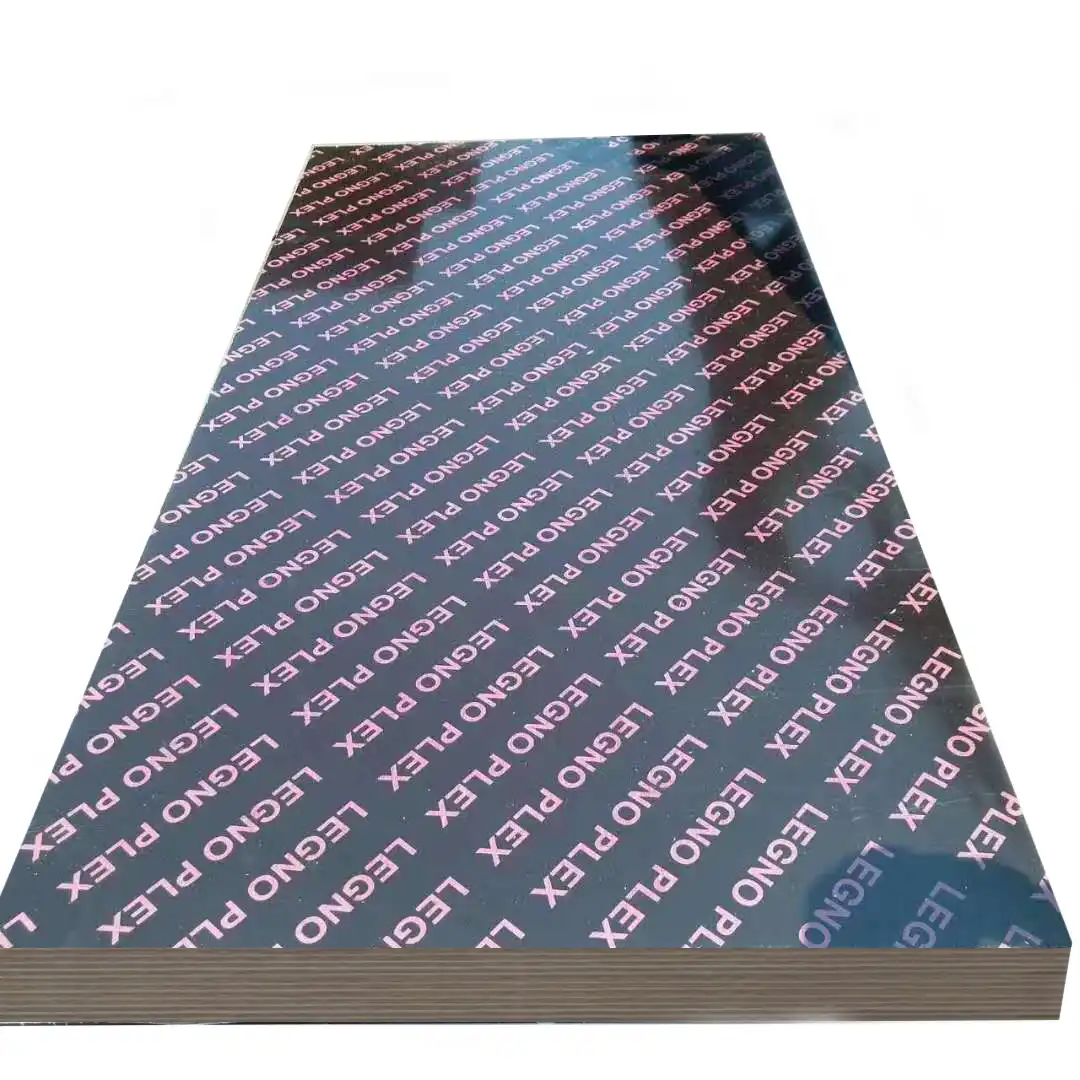
Manufacturer Direct Sale Price 18mm Marine Plywood 16mm 12mm Film Faced Plywood for Construction
SHOW MORE







